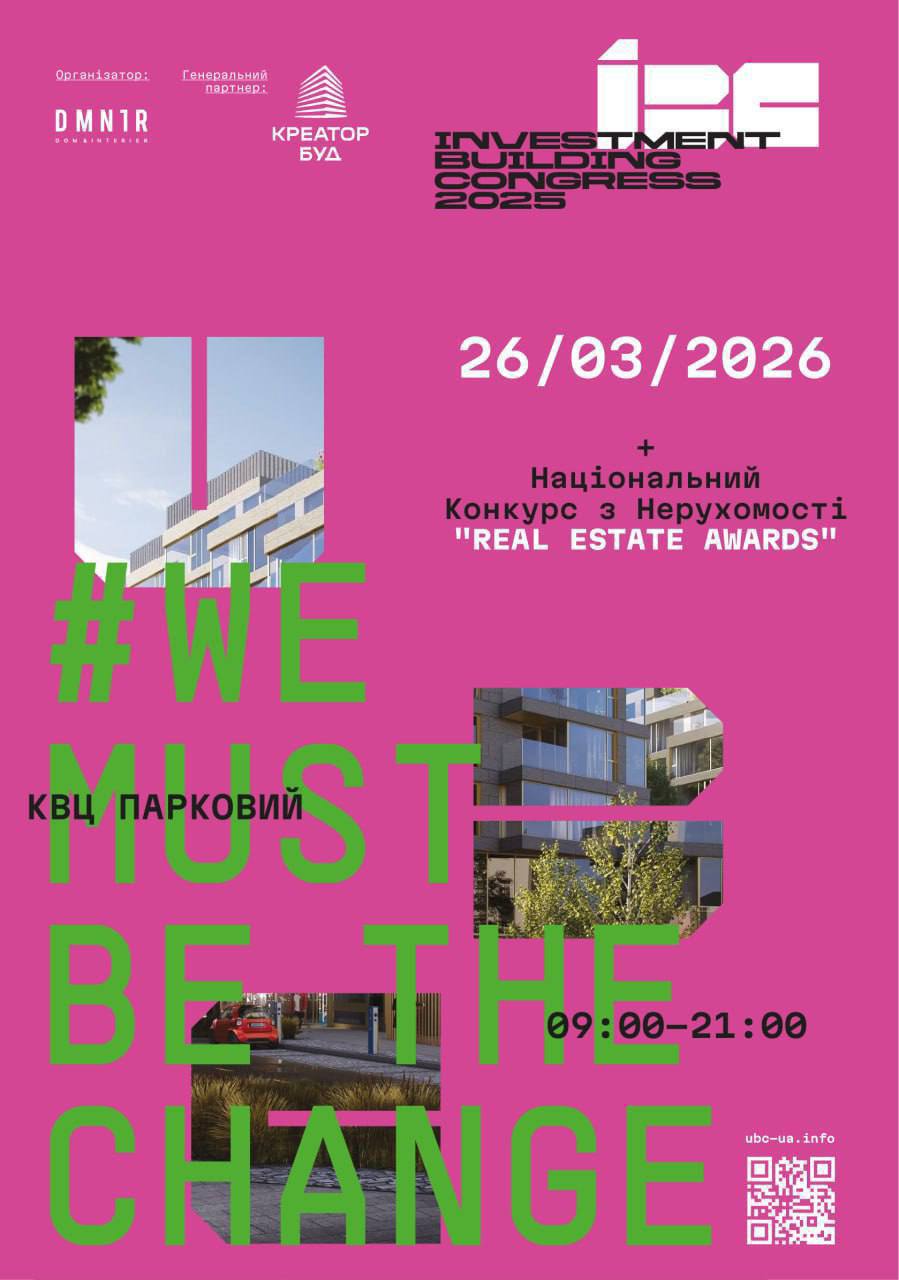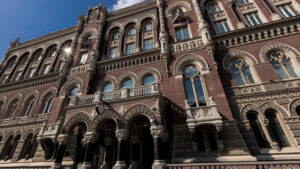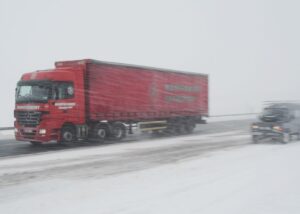
The share of electric vehicles in the new passenger car market in Ukraine in 2025 increased to 28.3% from 14.5% a year ago, while cars with traditional engines (gasoline and diesel) accounted for only half of the market compared to more than 65% in 2024, Ukravtoprom reported on its Telegram channel.
“Models with gasoline engines remained the most popular, but their market share decreased from 40% to 32.3% compared to 2024,” the association said.
In particular, the diesel car segment decreased from 25.6% to 17.4%, while the share of hybrids increased from 19.5% to 21.8%.
Cars equipped with gas cylinder equipment (LPG) again accounted for less than 1% of the new passenger car market.
According to Ukravtoprom, the Hyundai Tucson took the lead in the gasoline car segment, the Volkswagen ID.Unyx in electric cars, the Toyota RAV-4 in hybrids, the Renault Duster in diesel cars, and the Hyundai Tucson in cars with LPG equipment.
According to Ukravtoprom, in 2025, the market for new passenger cars in Ukraine grew by 17% to 81,300 units, including a 2.2-fold increase in December to 12,400 units.
These figures are due to the sharp growth in sales of electric vehicles in the last months of 2025, given the cancellation of VAT exemptions during their customs clearance from the beginning of 2026. In December, according to AUTO-Consulting, the share of electric vehicles exceeded 50% of sales.
According to market experts, after the announcement of the abolition of VAT exemptions, prices for electric vehicles began to rise, and by the beginning of 2026, prices for both used and new electric vehicles had effectively offset the 20% VAT.

On March 26, 2026, the INVESTMENT AND CONSTRUCTION CONGRESS (IBC) and the Real Estate Market Awards (REM AWARDS) ceremony, the main award of the Ukrainian real estate market, will take place at the Parkovy Exhibition Center in Kyiv.
The INVESTMENT AND CONSTRUCTION CONGRESS and Real Estate Market Awards are positioned as a key meeting point for capital, developers, investors, and leaders of Ukraine’s real estate market in 2026. The event will be held offline and online.
The business program of the Congress is scheduled from 9:00 a.m. to 6:00 p.m. in the main hall “Chasha” (3rd floor). The program includes panel discussions and professional battles, speeches by market leaders, investment analytics and case studies, partner presentations, as well as an exhibition area.

According to the organizers, the audience of the INVESTMENT AND CONSTRUCTION CONGRESS will consist of more than 6,000 participants, including developers, investors, architects, business owners, and top management.
The evening program will run from 6:00 p.m. to 9:00 p.m. and will include the Real Estate Market Awards 2026 ceremony, a performance by the Rizni Theater, a concert by Dmytro Prokopov, and a concert by the band Druga Rika. The hosts of the evening will be Anton Polishchuk and Nikita Dobrynin.
For more information and registration, visit the Congress website at www.ubc-ua.info
The Interfax-Ukraine news agency is the official information partner of the event.

The National Bank of Ukraine fined FC Goldana Plus LLC and FC Forward Finance LLC UAH 340,000 each.
According to the regulator, the companies failed to properly submit accurate information and documents in full to the NBU upon request.

Traffic restrictions for trucks and large vehicles have been introduced on state roads in the Vinnytsia region due to significant weather deterioration, according to the State Agency for Restoration Telegram.
“Restrictions are being imposed … on the following road sections: M-30 Stryi — Uman — Dnipro — Izvarine (via Vinnytsia, Kropyvnytskyi) km 441 — km 417 (from Nemyriv, Vinnytsia region to the border of Cherkasy region); R-33 Vinnytsia — Turbov — Haysyn — Balta — Velyka Mykhailivka — /M-16/ — km 121 — km 170 (from Haysyn to Obodivka village, Haysyn district, Vinnytsia region),” the information says.
The agency reminded that similar measures are in place in Volyn, Zhytomyr, Rivne, and Lviv regions, and this is extremely important to prevent traffic jams, accidents, and congestion at the borders of neighboring regions.
“The resumption of vehicle traffic will be announced separately,” the agency said.

TAS Agro agricultural holding ended 2025 with EBITDA of $25.46 million, exceeding its financial target by 4%, according to a press release posted on LinkedIn.
“2025 was a real crash test for our team. Despite unfavorable climatic conditions — spring frosts and prolonged autumn rains — the company not only survived but exceeded its financial plan by 4%,” the agricultural holding said, expressing confidence that this was the result of clear synergy between production and commerce.
Agronomic solutions helped the agricultural holding withstand the weather challenges.
“It was technological discipline and moisture-saving approaches that made it possible to achieve yields higher than the market average: wheat — 5.9 t/ha, corn — 9.6 t/ha. Investments of $4.9 million in upgrading the technical park played an important role. This made it possible to get through the peak harvest periods without losses, minimizing the impact of the weather,” TAS Agro emphasized.
According to the agricultural holding, the commercial department ensured high profitability for the year by transitioning from situational sales to systematic position management.
The use of hedging and forward instruments (in partnership with StoneX) made it possible to sell 64% of the next season’s harvest on favorable terms. Effective liquidity management and a record VAT refund of UAH 290 million made it possible to finance operating activities mainly with own resources, the agricultural holding explained.
TAS Agro was established in 2014. Its land bank includes 88,000 hectares in the Chernihiv, Sumy, Kyiv, Vinnytsia, Kirovohrad, and Mykolaiv regions. It specializes in crop production, with the agroholding’s elevator capacity amounting to approximately 250,000 tons. The livestock business is represented by a herd of 5,500 head of cattle, of which 2,500 are dairy cattle.
The agricultural holding is part of the TAS group, founded in 1998. Its business interests cover the financial sector (banking and insurance segments) and pharmacy, as well as industry, real estate, and venture projects.
Serhiy Tihipko is the founder of TAS and the beneficiary of the TAS Agro agricultural holding.

Some waste-to-energy plants in China are experiencing a shortage of waste to fuel their capacity amid rapid expansion of the sector and changes in household waste management, according to Chinese media reports.
There are more than 1,000 waste-to-energy plants in the country, and by 2022, their combined waste incineration capacity exceeded the volume of household waste collected (333 million tons versus 311 million tons).
Experts attribute the problem not to the fact that “the waste has run out,” but to excess capacity and an imbalance between where the waste is generated and where the facilities are built. In particular, in China, the share of urban household waste processed by incineration increased to 79% in 2024, and the number of waste incineration facilities, according to Dialogue Earth, increased from approximately 104 in 2010 to about 1,000 at present.
The media notes that some companies are expanding the “geography” of waste delivery to support their operations, switching to industrial waste and resorting to so-called landfill mining – the extraction of “old” waste from landfills for further incineration.
At the same time, statements about the possible import of waste to fill capacity are hampered by existing restrictions: the Chinese authorities have previously announced a complete ban on the import of solid waste from January 1, 2021.
Analysts also point to the risk of misguided incentives: discussions about a “waste shortage” may push the market to try to increase waste volumes, but industry experts emphasize that the priority should remain reduction, reuse, and recycling, rather than increasing waste generation to fill furnaces.